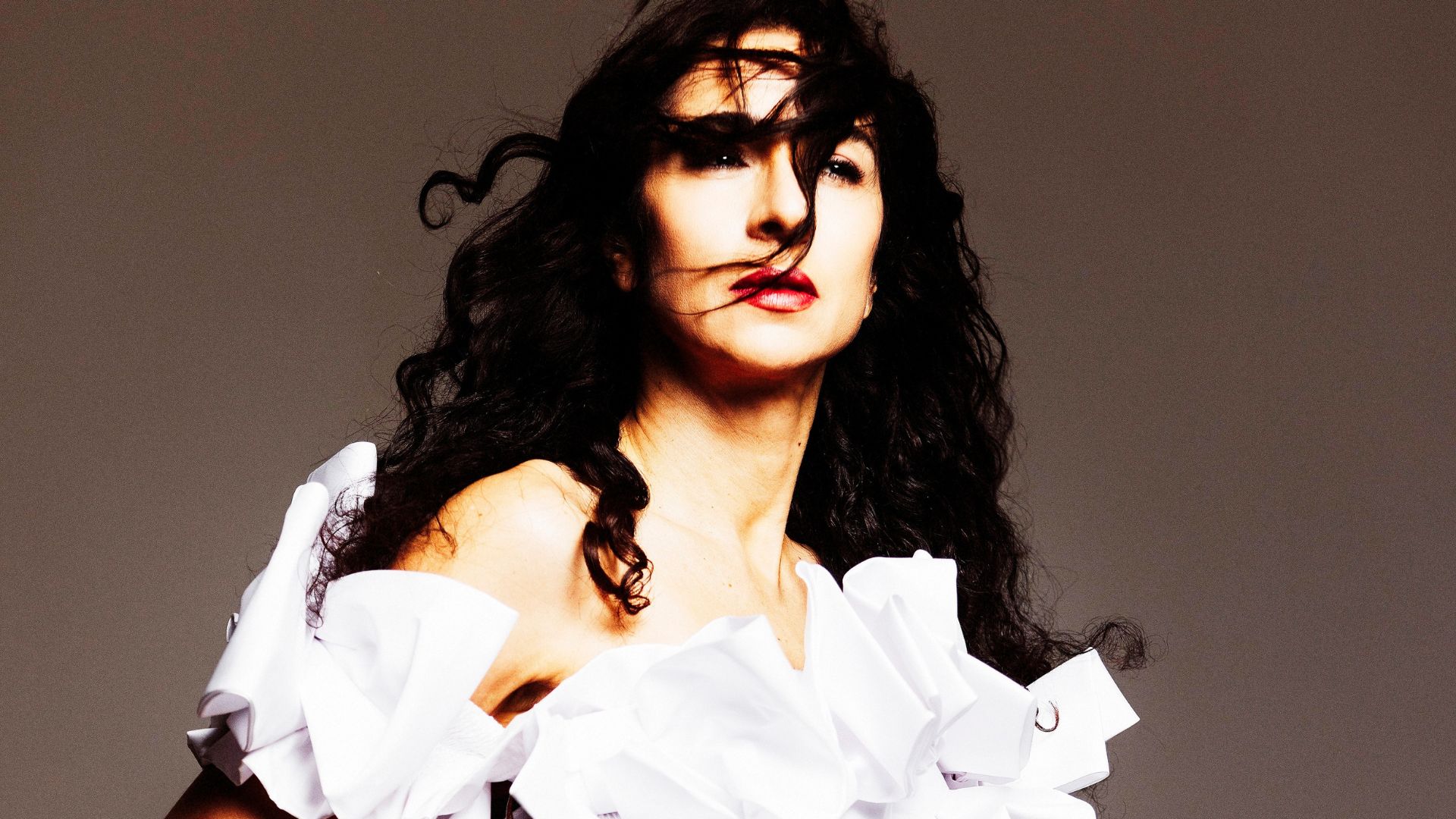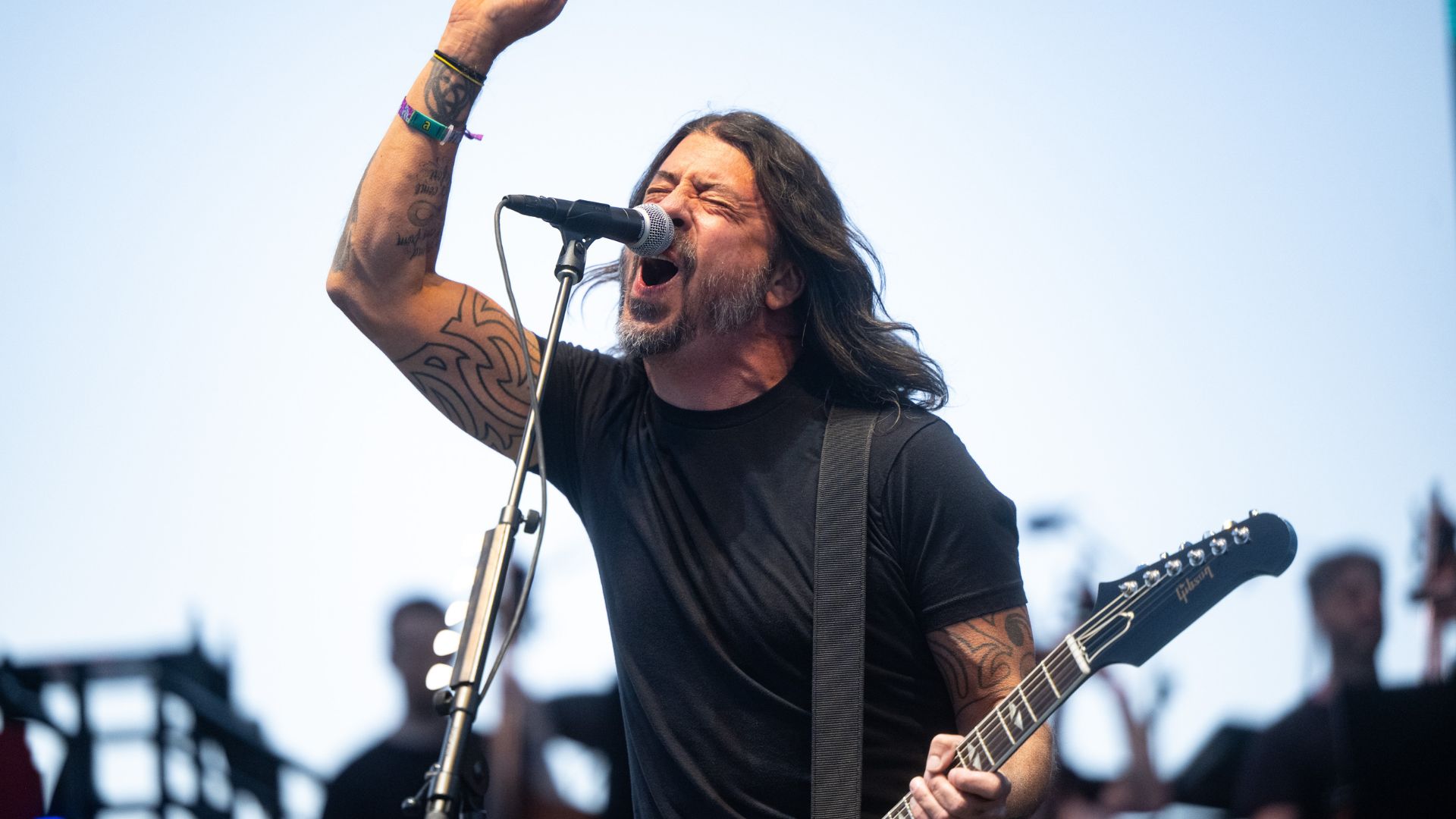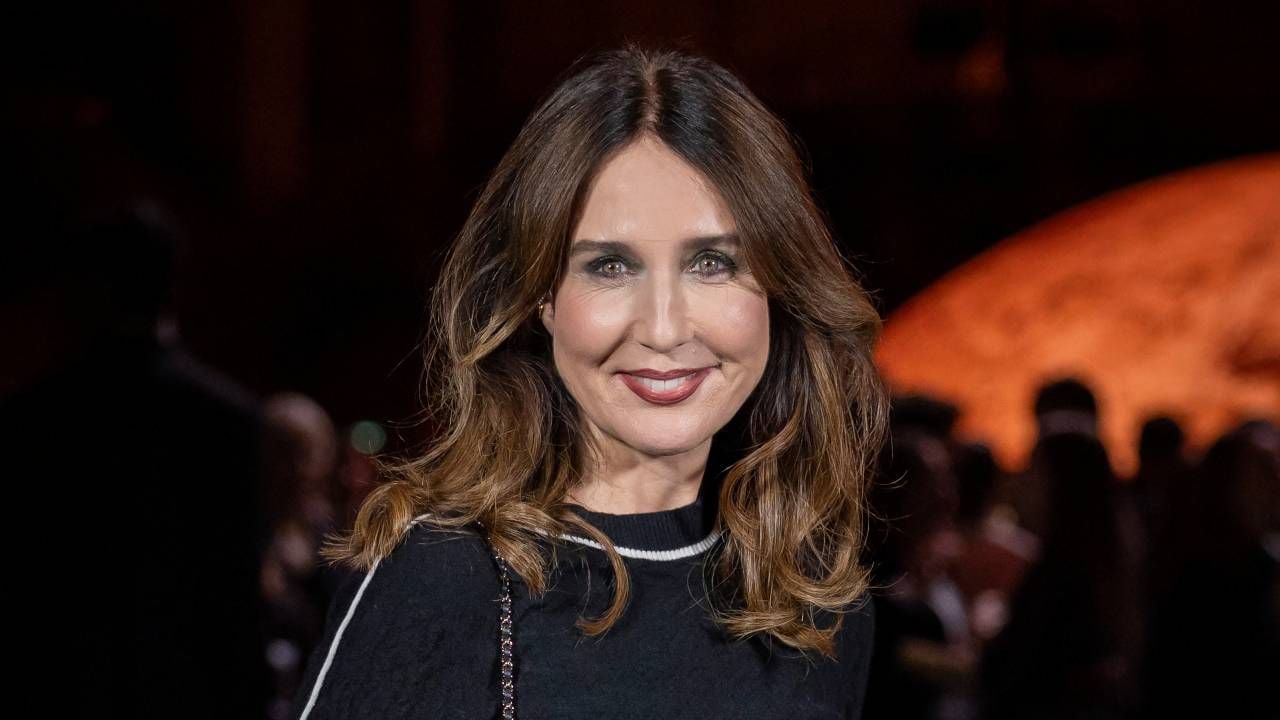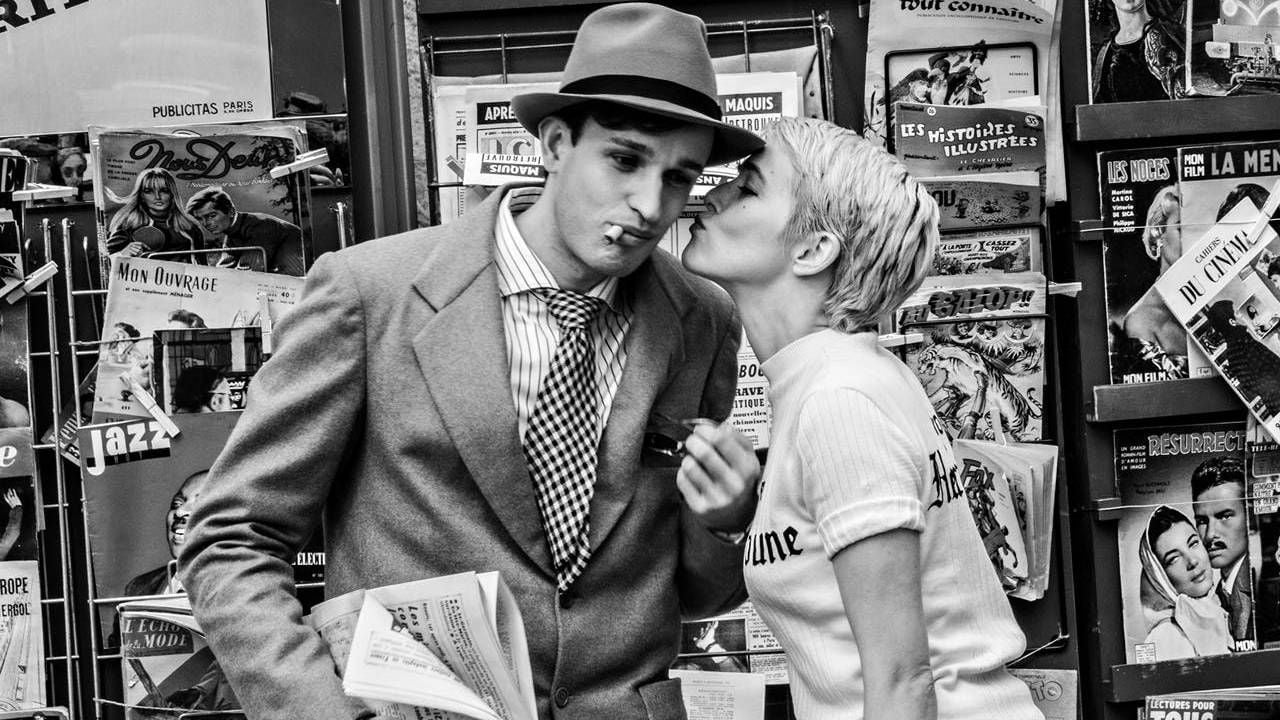Rolling Stone Brazil talked to Dean Hurley and Lori Eschler, music and sound supervisors of one of TV’s most enigmatic series
Few works in the history of television caused both strangeness and fascination and Twin Peakscreated by David Lynch and Mark Frost. Part of what makes the series so unforgettable is something that rarely wins the spotlight: sound design. More than a striking trail – signed by Angelo Badalamenti – The sound universe of the series is a sensory construction that involves drones, noise, analog loops and, above all, emotional intuition.
In an exclusive interview with Rolling Stone Brazil, Dean Hurleysound supervisor and music Twin Peaks: The Return (2017), and Lori Eschlermusical supervisor of the first two seasons and the long The last days of Laura Palmer (1992), they revealed the creative process behind the sounds that shaped the universe of Lynch And they left valuable advice for those who want to dive into this craft.
“It was a sound experimentation laboratory”
Dean Hurley lovingly remembers its beginning in 2005 at the studio of Lynchwell before the official return of the series in 2017.He used many experimental methods and wanted the process to be fun. It was like a laboratory where he said: ‘This is my studio, this is where I experience with sound’“, account Hurley.
Hired as a studio engineer, he soon realized that his role would be much broader. “I was confused in the first week. He asked me to do several different things. It was all very outside the conventional“, remember.
Instead of exotic instruments, the differential was in the techniques. “I took recordings made from the studio of Angelo Badalamentihe created loops, overlapping excerpts, slowed phrases. It was more about the manipulation of sounds than about the sounds itself”He explains.

From the shaving blade to digital
Second Lorithe technological leap between the first season and the revival 2017 was decisive in accelerating sound work in the series. “In the first season, everything was done with magnetic tape, edited with a razor blade and glued with tape. When we reached the second, I was already using one of the first digital editing systems.”
This change not only accelerated processes, but also opened new creative possibilities. “With digital, the directors wanted to test more and more. ‘Try this song, try that’. This gave freedom and variety“, it says Lori. “Sound effects became more sophisticated because the editors now had time to dive into the details.”
Even with technological advancement, Hurley recognizes something irreplaceable in the original work of Twin Peaks:
There is no series that comes close to the sound of that first season yet. When you do something so unique, it becomes a thing of your own “
Not even the third season, although praised for its unique style, recreates the original sound atmosphere. “David He was the same person in both seasons, but with much more life experience when he made the third. Technology allowed it to make many sound and image editions itself that previously depended on Lori.”

An inimitable signature
To Hurleythe sound of the series transcended the role of supporting the narrative. He became his own language, with immediately recognizable elements. “You can hardly use a checkered floor and red curtains without people knowing where it came from. Sleepingly, it’s the same thing: slow, inverted sounds, guitars with that heavy vibe of the 1950s …”He explains.
These resources, according to Hurleynot only marked time but opened new creative possibilities on television. “When he did something, it was emphatically. He showed ways that people didn’t even know they could follow. It was like opening a door that no one saw.”
Lori agree and add: “Today, this has become a brand. There is nothing recent that I have seen that it really looks like the sound or musical design of Twin Peaks or other works of David. It became an identity of its own. People say, ‘This is Lynchiano.’
According to her, the term may even be avoided by some directors and producers, but the impact is undeniable. “Like the Dean He said, it is so obvious and so strong that when someone tries to do something similar, you immediately recognize where it came from.”

But what exactly defines the sound of Twin Peaks Who has never heard for? The answer lies in the contrast between atmosphere and style. “The sound personality of the series is sometimes very dark and mysterious“, it says Lori. “But at the same time it is extremely stylized. She follows her own convention and remains faithful to her. There are no ruptures.”
The musical style of the series included since Cool jazz Even lush orchestral arrangements and rock references of the 1950s, without ever dismissing the obvious. “There was no rock and roll, for example. There was country in Jukebox or certain visual elements in hotels, but everything was treated with a lot of aesthetic consistency”She adds.
Performance and Sensory Experiences
One of the questions that HurleyMore receives involves the final cry of Sheryl Leeinterpreter of Laura Palmerin the third season, one of the most chilling moments of the series. The answer, however, surprises: “This is not sound design. It is performance. It only becomes a design element because of how interpretation sounds.”
For him, the strength of sound in Twin Peaks It is not only in technical resources, but in the sensory experiences that sound evokes. And many of these experiences come from the childhood of Lynch.
He grew up listening to bombing planes passing through the city. Those double engines created a constant tinnitus in the sky, something that marked it deeply. Decades later, we were in the studio creating drone loops that even took names like ‘Tal Bomariro’ … It’s an attempt to capture that same feeling as when you first heard something and was touched by that. ”
Hurley explains that, contrary to what is expected of a director, Lynch It did not use “realistic” sounds by default. In silent scenes, for example, he often preferred to fill the space with the sound of the wind, creating an invisible type of atmosphere, the “mysterious MSG” as Hurley define.
“He loved wind. He took it from [Federico] FelliniI am sure. At the beginning of Eight and a halfWhen the cars are in a traffic jam, you would expect to listen to horns, engines … but only hear the wind. It puts you inside the character’s mind ”explains.

Episode 8
Considered by many fans as the best episode in the history of Twin Peaksin the famous episode 8 of the third season, Hurley It admits that it was the simplest in technical terms for him, precisely because it was the most personal for Lynch.
“Until the David He said, ‘Leave it with me’. He himself edited the image, the sound, the music. And that is why this episode is so iconic. There were no intermediaries. It was 100% he“, account.
Intense use of abstraction, sound collage and nonlinear montage has made the episode a milestone of modern TV and also a rare case of a director with complete control of all the sensory elements of his work.

The last days of Laura Palmer and Lori’s challenges
To Lorione of the most challenging moments of the career came in Twin Peaks: The last days of Laura Palmer. The technical complexity of sound mixing added to the emotional intensity of the film.
“I created different loops and directly fed the faders that David I used it on the table. He stirred everything, a little of that, a little of that … We tested, heard, took something, put a new texture, perhaps with more sharp. It was a process with a lot of constant change. ”
Despite the difficulty, she guarantees: work with Lynch It was never a martyrdom. “I kind of always knew where he wanted to go. Sometimes we didn’t even have to talk. He just gave me a signal and I already understood, ‘Need more shine.’ And I delivered.”

“The error is where the discoveries are born“
At the end of the conversation, we asked DeanHurley and Lori Eschler What advice they would give to those who want to tread career in music or sound design. The answers, as well as the work of David Lynchthey were loaded with sensitivity, creative freedom and deep respect for instinct.
To Lorithe first step is to lose fear. “Stay open and don’t be afraid to try it all and to make mistakes. Because that’s where you discover new things.” Dean Encourages aspirants to embrace boldness, test unexpected combinations even when they look exaggerated:
Play sounds on the image and see what you feel. Don’t let fear say, ‘Is this too much? Should I soften? ‘ The goal is to find that magical combination that suddenly excites you. ”
According to him, even younger people realize when something works. “It is undeniable. But until you get there, I have been stumbled along the way.”He recalls what he made David Lynch a master of experimentation: “He had such a big patience and curiosity that he didn’t mind getting lost in the details. When I finally found the right sound, it was as if something electrocuted inside. He reacted with full enthusiasm: ‘That’s it! And that!’”
And continues, in a poetic tone: “Treat your body like an fork. When something begins to resonate, moving you internally, you feel. And the more you open it, the more you build a personal repertoire of answers – about what to use, when to use, how to react. ”
This sense of emotional and physical listening, according to Hurleyit is essential for anyone who wants to work with sound. “You develop a palette. It begins to know what to do in the most diverse situations. And this comes from practice, boldness and connection to what you feel.”

Also read:Dana Ashbrook recalls journey in ‘Twin Peaks’ and defines series as “Ghostly”
What was the best movie of 2025 so far? Vote for your favorite!
- Anora
- Conclave
- Flower
- The brutalist
- Mickey 17
- Victory
- Sinners
- Thunderbolts*
- Man with h
- Karate Kid: Legends
- Premonition 6: Blood Ties
- Mission: Impossible – The Final Set
- How to train your dragon
- Extermination: Evolution
- F1: The Movie
- Superman
- I know what you did last summer
- CAZUZA, GOOD NEW
- Cloud – Cloud of Revenge
- Fantastic Four: First Steps
Source: Rollingstone
Emma Jack is a writer at Gossipify, covering fashion, beauty, lifestyle, and pop culture trends. She stays current on the latest trends and offers readers up-to-date information on what’s hot in the industry. With a background in fashion journalism from Parsons School of Design, she offers a unique perspective and analysis of current trends.









